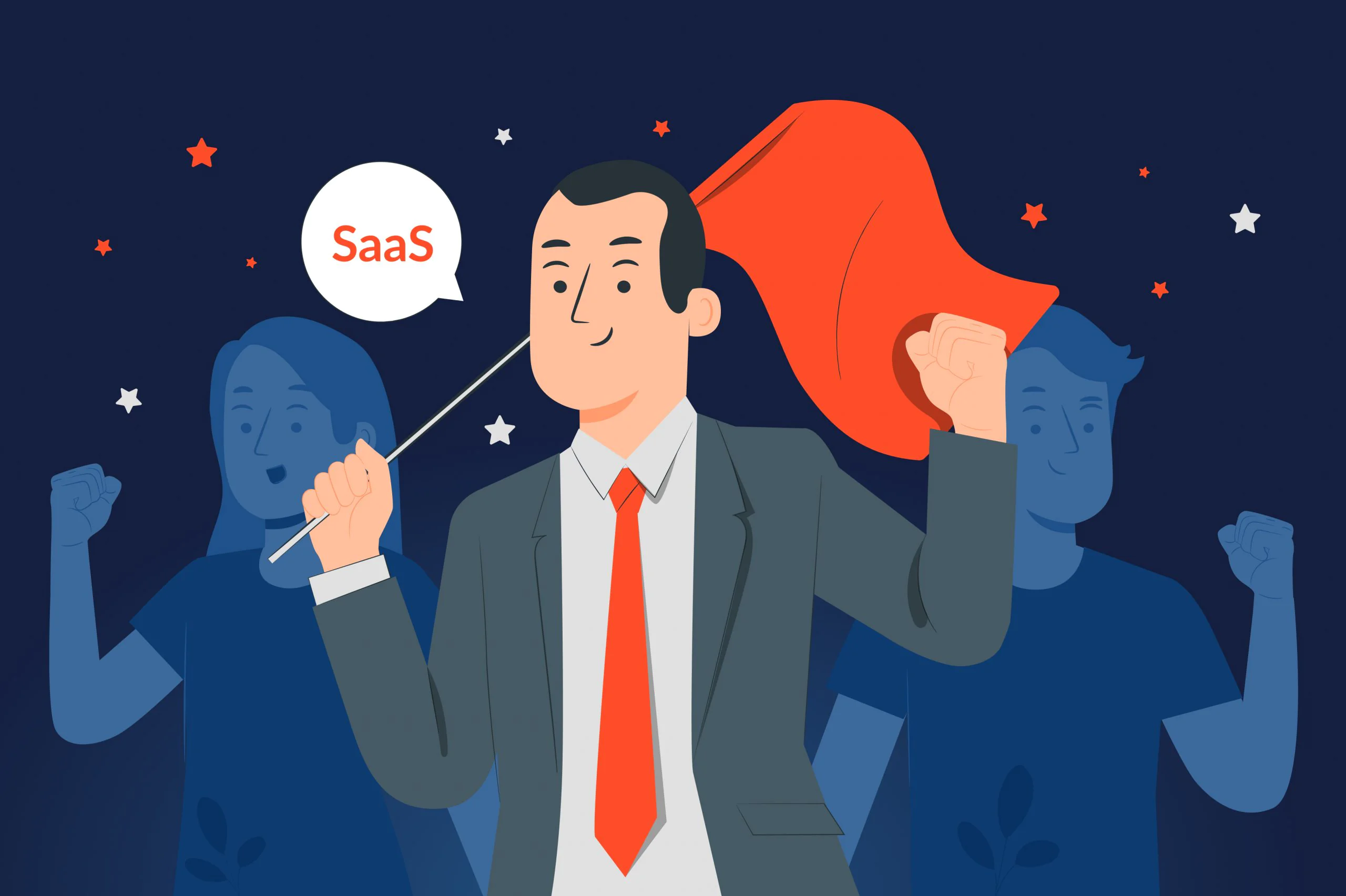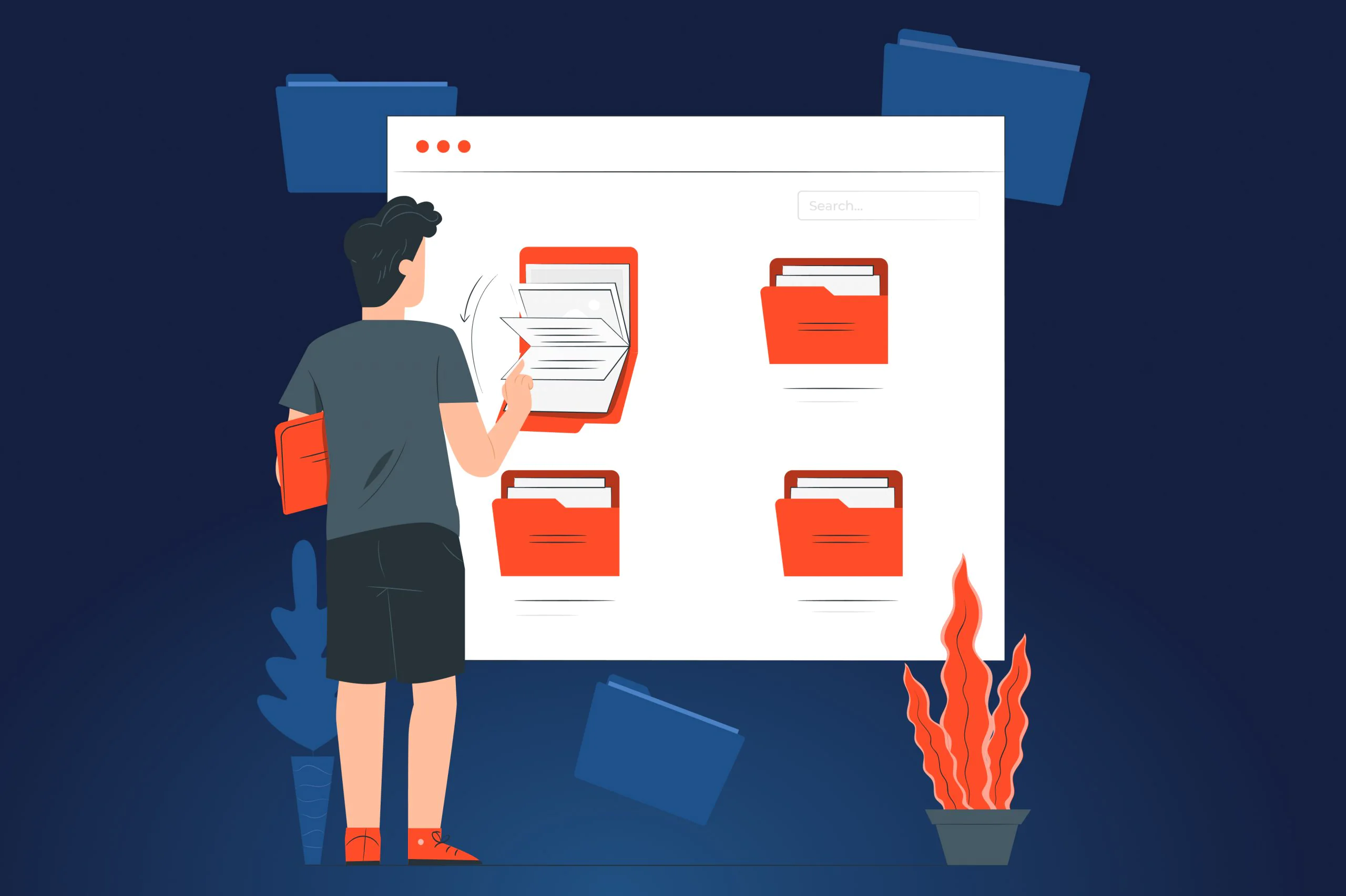Multi-tenant architecture is like going to the hospital. Once you arrive at the clinic, you ask an administrator about your appointment and then head straight to your doctor’s office. There, you tell a healthcare provider about your complaints and receive medical advice on how to treat your condition. You neither communicate with other patients, nor know who they are. Sure thing, you also know nothing about their diseases, lifestyle, treatment options, and so on. Patients receive different medical services in one hospital, but all their sensitive data and visits are kept separate and private.
It’s a similar story with software as a service (SaaS) multi-tenant architecture. Users can access one server in a cloud, but the set of functionalities and access levels may vary. Moreover, any type of tenant data is secure and fully isolated.
At this moment, you may start wondering whether multi-tenancy can be your best bet. The JatApp team would like to offer you insights into its key advantages and tradeoffs, so you can make an informed decision. We’ll also dwell on some relevant examples and things to consider, when you plan your multi-tenant SaaS. Without further ado, let’s roll!
Multi-tenant or single-tenant: A secluded house in a forest or a New York City apartment?
Single-tenancy means that all users (tenants) utilize a separate instance of one app. The main characteristic of this model is that each tenant has its own application, resources, infrastructure, and database. Data is stored in fully isolated cells, so that users can’t view or manage each other’s data.
Single-tenancy allows for a private and customizable software environment. Users can decide if they’re willing to update their application and do it manually. A single-tenant architecture can be compared with a secluded house in the forest. You can decorate your space according to your taste and forget about annoying neighbors. However, if, say, your chimney is blocked with debris, no one will come for help and you’ll need to clean everything up by yourself.
What is multi-tenant architecture then? Multi-tenancy refers to the software architecture that isolates tenants, while allowing them to use the same computing resources, infrastructure, and database. Even though users share the same software, they’re not aware of each other and can’t view someone else’s data.
For instance, there is only one Slack. But this SaaS has millions of clients who use the same app and don’t know about each other’s existence. Slack’s tenants can customize the application to better meet their business needs, too.
A multi-tenant application is similar to an apartment in such big cities as NYC. Many locals rent apartments in residential buildings and pay rent on a monthly basis, just like app users pay subscription fees. Security in the apartment is the responsibility of the landlord. It’s a property owner who should take care of door locks, security cameras, and similar stuff. By the same token, you’ll be held fully accountable for ensuring security of your SaaS.
Single-tenancy vs multi-tenancy
Why Atlassian became multi-tenant
Atlassian was a successful server company for many years in a row, until clients began complaining about the maintenance problems and challenges related to tools setup. To handle these issues quickly, they moved their business to the cloud and became single-tenant SaaS. As they grew their customer base, new problems started to pop up. Outages resulted in the system downtime, while upgrades became both challenging and time-consuming. As the number of clients was increasing, the maintenance costs mounted up.
The Atlassian team soon realized they needed to implement another organizational change, which is multi-tenant architecture. This shift brought many benefits to Atlassian products, as it helped the team to leverage horizontal scaling, streamline maintenance costs, and deliver zero-down-time upgrades.
Atlassian’s multi-tenant architecture
After having read about this multi-tenant architecture example, let’s explore the benefits of a multi-tenant application in more detail.
Benefits of multi-tenant apps
Multi-tenant application architecture may help businesses get rid of headaches quickly, as it offers lots of different benefits, such as scalability, painless upgrades, and load balancing.
Scalability
Multi-tenant apps usually have a default set of features available to all tenants, plus premium functionality and additional storage that they can access by choosing to pay higher subscription fees. In such a way, users can easily add and remove functionalities from their subscription plans, while you don’t have to worry about extending features for each client separately.
Easy upgrades and maintenance
With multi-tenancy, altering SaaS technology stack, implementing upgrades, or releasing new versions are no longer a concern, as you can make changes for all users simultaneously. It’s handy for tenants, too, as they don’t need to download upgrades manually.
Load balancing
In single-tenancy, when users need more resources, the software provider offers more storage and capacity manually, based on the client’s unique needs. Meanwhile, multi-tenant apps allow the vendor to balance the load. This means that data is allocated between servers and databases in a most efficient manner. Some users use more resources and therefore pay more for them, others use less and are charged less, but the total amount of resources always remains fixed.
Load balancing
Multi-tenant architecture challenges
Certainly, there are some drawbacks you need to be aware of before committing to developing a multi-tenant SaaS. Let’s take a look at the most common challenges.
The need for investment
The benefits mentioned above come with the costs. Multi-tenant architecture requires more financial resources, time, and developers’ effort, compared to single-tenancy. Your software engineers need to have a profound understanding of cloud solutions, as well as expertise in building complex products with multi-level access. More often than not, multi-tenancy is a way to go for businesses that have already made sure that their solutions are viable on the market, and that are planning to scale rapidly.
Security risk
If you opt for multi-tenancy, there’s always a chance that your data might be compromised. The breach can occur by accident due to software bug or system malfunction, or deliberately, when hackers take advantage of SaaS architecture weaknesses. The following risk heavily depends on security measures the software provider uses to protect user data.
Noisy neighbors
If you ever lived in a multi-residential building, you probably know how hard it is to wake up on Saturday morning to the song of a power drill. Your neighbor’s “morning routine” affects your daily life, making you wonder why on Earth constructors built such paper-thin walls.
You can come across noisy neighbors not only in apartment buildings, but in multi-tenancy applications, too. As all tenants “live” in a single app instance, changes made by one person may influence the performance of other apps relying on the same database. For example, if tenants usage patterns are the same, at peak hours the system capacity may not handle the total resource usage. One of the tenants will therefore suffer from the noisy neighbor effect.
The noisy neighbor effect
However, this shouldn’t happen if the cloud provider implemented the infrastructure without any errors. Cloud providers are like constructors, who have to make sure tenants can live in a shared space without annoying each other.
Types of multi-tenant architecture
There are two types of implementations in multi-tenant architecture: one database for one app instance and multiple databases for one app instance. Let’s discuss the major difference between them.
One app instance, one database
This type of multi-tenant architecture means that a single instance of the software is utilized to support one database. With this type, all the software users will share one database. One of the main advantages of the given architecture is that it’s easy to increase capacity, when the number of users grows. This type of architecture also helps to cut down the maintenance costs and ensure easy upgrades, when necessary. Still, such multi-tenant apps suffer from the noisy neighbors effects we’ve mentioned earlier.
One app instance, multiple databases
In this type of multi-tenancy, multiple instances of the software are used, but every instance supports its own database. The major benefit of this method is that it enables each user to have their own database schema while using the same app.
It’s worth admitting that the server maintains a dedicated database for each software independently from others. This may cause you some problems, if you want to scale up your infrastructure to meet your business needs. In this case, you’ll have to add nodes to your app, which may be a rather costly thing to do.
Things to consider when building a SaaS multi-tenant app
With the right policies and thorough planning, you may forget about any challenges that come with multi-tenancy. In this section, we’ll talk about important things you need to take into account when developing a multi-tenant SaaS application.
Requirement gathering stage
Gathering requirements is paramount when planning SaaS infrastructure. To do it right, you need to understand the clients’ needs and decide whether you want to scale up or scale down the infrastructure. SaaS apps should be scalable. Period. Therefore, your solution should align with each user’s workload, as it gets more popular.
Tenant management policy
Each of your customers may have different requirements, which makes it essential to have a tenant management policy in place. This policy should suggest the rules for managing current subscriptions, adding new users, and changing permissions. It will help you make sure that each client has the right environment for their resources and workflows.
Security
Security is a top priority for multi-tenant applications. One of the effective security measures is dividing the database into separate files for each user, thereby avoiding the situation, where one tenant accesses data of another tenant. Moreover, it’s critical to incorporate access controls on every data item. If a tenant makes an attempt to access a specific record, they will be allowed to view only their own data.
Data model
The data model should be flexible enough to respond to the needs of users, once their number increases. In other words, it shouldn’t be problematic to add new tables, columns, or fields for keeping data about each tenant. This way, you can save up on development, as you won’t need to have several iterations when changing database structure or adding new functionalities.
Isolation
When choosing multi-tenancy, you may need to consider several types of isolation. Compute isolation means that tenants are isolated from each other compute resource-wise. A user may want their solution to have different memory, storage configuration, central processing unit (CPU) for their instance of the software.
Data isolation is another important consideration. Many SaaS apps allow users to store data separately from other users but in the same system.
Let’s get you multi-tenant
The decision to go for either single- or multi-tenant architecture will have a huge impact on the experience of those using your SaaS, as well as your bottom line. To make the right choice, you need to understand the unique needs of your business and opt for the strategy that aligns with your goals.
From making the decision regarding the architecture type to developing your SaaS, JatApp got you covered. Our company has more than seven years of experience in building SaaS solutions in a variety of industries, like real estate, education, finance, human resources, to name a few. Thanks to the work of our talented teams, this year we made it to the list of top software companies in Ukraine according to Clutch.
If your gut feeling is telling you that we’re the right fit for you, press this contact us button and we’ll reach out to you soon.








